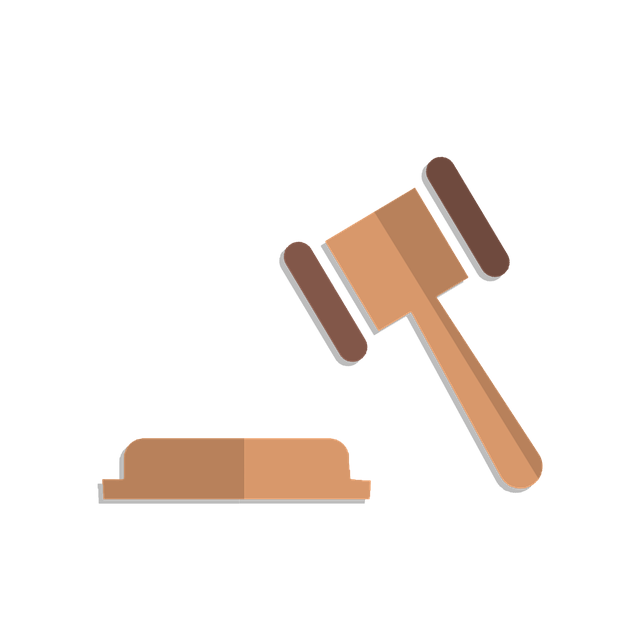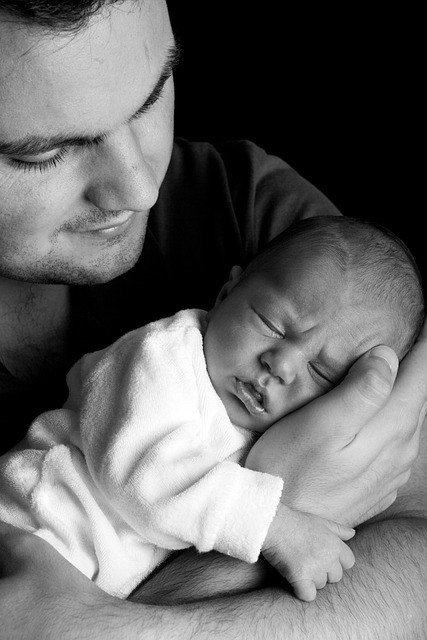Oregon's child welfare system, administered by the Department of Human Services (DHS), is a robust safety net for children and families. Guided by state laws under ORS Chapters 419 and 420, these policies prioritize child well-being by preventing removal unless necessary, while granting legal rights to both children and families. DHS statutes outline reporting procedures, risk assessments, and placement guidelines, emphasizing transparency and accountability. Understanding these Oregon child welfare laws is essential for all stakeholders to navigate the system effectively, ensuring fair treatment and access to rights for every child involved.
Understanding Oregon’s child welfare laws and policies is paramount for ensuring the safety and well-being of its young residents. This comprehensive guide delves into the intricate web of regulations guiding Oregon’s child protection system, from the definition of child welfare and the roles of key state agencies like the Department of Human Services (DHS) to the legal rights and obligations of parents and guardians. We explore the navigation process within the system, highlighting recent policies and practices aimed at cultural competency, family preservation, and permanency planning. By understanding these laws, families can better protect their rights while navigating Oregon’s child welfare system effectively.
- Oregon Child Welfare Laws: Overview and Key Statutes
- – Definition of child welfare and its importance in Oregon
- – Relevant state agencies and their roles (e.g., Oregon Department of Human Services – DHS)
- – Key statutes and regulations governing child protection, removal, and placement
Oregon Child Welfare Laws: Overview and Key Statutes

Oregon’s child welfare laws and policies are a comprehensive framework designed to protect and support vulnerable children and families. These laws are governed by various statutes, primarily managed by the Oregon Department of Human Services (DHS). Navigating these regulations is crucial for all involved, from social workers to parents and guardians. Key among these is the legal obligation to ensure the safety and well-being of children, with a focus on preventing removal from homes unless absolutely necessary.
The legal rights of children and families are enshrined in these policies, providing guidelines on due process, access to legal representation, and the right to appeal decisions. Oregon DHS statutes outline specific procedures for reporting suspected child abuse or neglect, investigation protocols, and criteria for removing a child from their home. Understanding these laws is essential for all stakeholders to ensure fair and effective navigation of the child welfare system in Oregon.
– Definition of child welfare and its importance in Oregon

Child welfare in Oregon refers to the comprehensive system and set of policies designed to protect and promote the well-being of children within the state. It encompasses various services, interventions, and regulations aimed at ensuring children’s safety, health, and overall development. The importance of child welfare cannot be overstated, as it plays a crucial role in fostering stable and nurturing environments for Oregon’s youth. By implementing robust laws and policies, the state strives to prevent abuse, neglect, and exploitation, while also providing support and resources to families in need.
Oregon has established a framework of laws and regulations, governed by the Oregon Department of Human Services (DHS), to navigate the complex landscape of child welfare. These laws delineate the legal rights and obligations of both parents and the state, ensuring that children receive the necessary protection and care. Navigating these statutes is essential for families involved in the child welfare system, as it empowers them to understand their rights and obligations, facilitating a smoother process during challenging times. The Oregon DHS statutes serve as a guide, promoting transparency and accountability in all matters related to child welfare.
– Relevant state agencies and their roles (e.g., Oregon Department of Human Services – DHS)

Oregon’s child welfare system is overseen by several key state agencies, each playing a vital role in ensuring the safety and well-being of its young residents. At the forefront is the Oregon Department of Human Services (DHS), the primary agency responsible for administering and enforcing child welfare laws. DHS receives reports of suspected child abuse or neglect, conducts investigations, and makes determinations regarding a child’s safety and suitable living arrangements. They work closely with families to provide support services and resources, aiming to keep children in safe homes whenever possible.
The department’s statutes outline the legal obligations and rights of all parties involved in the child welfare process, from parents and guardians to foster care providers and adoptive parents. Understanding these laws is crucial for anyone navigating Oregon’s child welfare system, ensuring that all actions are in line with state regulations and protecting the best interests of the child.
– Key statutes and regulations governing child protection, removal, and placement

Oregon’s child welfare system is governed by a comprehensive set of laws and regulations designed to protect vulnerable children and ensure their well-being. Key statutes, such as those under Oregon Revised Statutes (ORS) Chapters 419 and 420, lay the legal foundation for child protection services, including the authority to remove children from their homes when necessary. These laws outline the rights of both parents and children, emphasizing the state’s responsibility to provide safe and stable placements while also encouraging family reunification whenever possible.
The Oregon Department of Human Services (DHS) plays a central role in implementing these policies, with specific regulations detailed in the Oregon Administrative Rules (OAR). These rules cover various aspects, including assessment procedures for potential risks, criteria for removing children from their homes, and guidelines for suitable placement options. Navigating these laws and policies is crucial for all involved—from social workers to parents and guardians—to ensure that every child receives fair treatment and access to their legal rights within the child welfare system.






